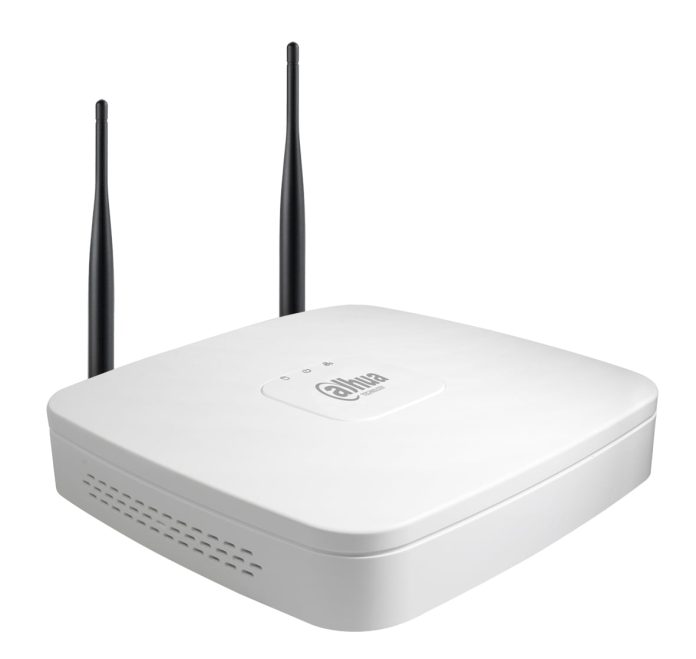One of the growth sectors of the IP video surveillance market is plug and play solutions that combine the power and flexibility of IP video with extreme ease of installation. In this feature, we’ll take a look at the capabilities of some of the market leaders.
ONE of the fastest growing market segments in video surveillance is plug-and-play (PnP) solutions, which are designed to be as easy to install as analogue systems. From the point of view of installers, PnP doesn’t just mean easier installs, but faster installs as well.
The best PnP solutions incorporate onboard PoE switches, allowing techs to Cat-cable a cluster of cameras direct to an NVR. Once connected, the NVR’s onboard software detects the presence of the camera, registers it, displays it on the connected monitor and starts recording. You can’t get much easier than that.
Dedicated NVRs are managed using integrated software that might not offer all the features of the dedicated VMS solution but covers most the bases in terms of viewing, recording and reporting of motion detection events.
Teamed up with affordable and rugged 1080p cameras, PnP solutions offer a surprisingly affordable solution for smaller applications. And while it’s tempting to think PnP is all about 4 camera solutions, there are 8-channel, 16-channel and 32-channel PnP systems on the market. That means it’s possible to put together a mid-sized CCTV system not only for a modest cost, but with very little fuss.
According to Michael Bates of Hikvision, the company’s key plug and play IP CCTV offering consists of a range of NVR’s all with built-in POE ports, and a very wide range of cameras in different resolutions and form factors to allow a huge degree of flexibility for the installer as well as the end user.
“The range includes 4-Channel with a maximum bandwidth of 50MBps, 8-input with a maximum bandwidth of 100MBps, and 16-channel with 200MBps,” he explains. “This allows installers to run the cameras at higher bandwidths with increased image quality.
“So far as the maximum storage goes the 4 and 8 channel can take up to 8TB (2x4TB HDD) and the 16CH can take up to 16TB (4x4TB HDD). Hikvision’s cameras have a huge range of features from Smart IR to region of interest to edge storage. Every camera in the plug and play range carries DWDR and dynamic noise reduction, too.”
Bates believes plug and play has been integral to Hikvision’s recent success.
“Hikvision’s extraordinary growth over the last 2 years in Australia and New Zealand has been largely due to our success, along with distributors CSD and Atlas GenTech, in the plug and play segment and we are now very much the dominant player in this space,” he says.
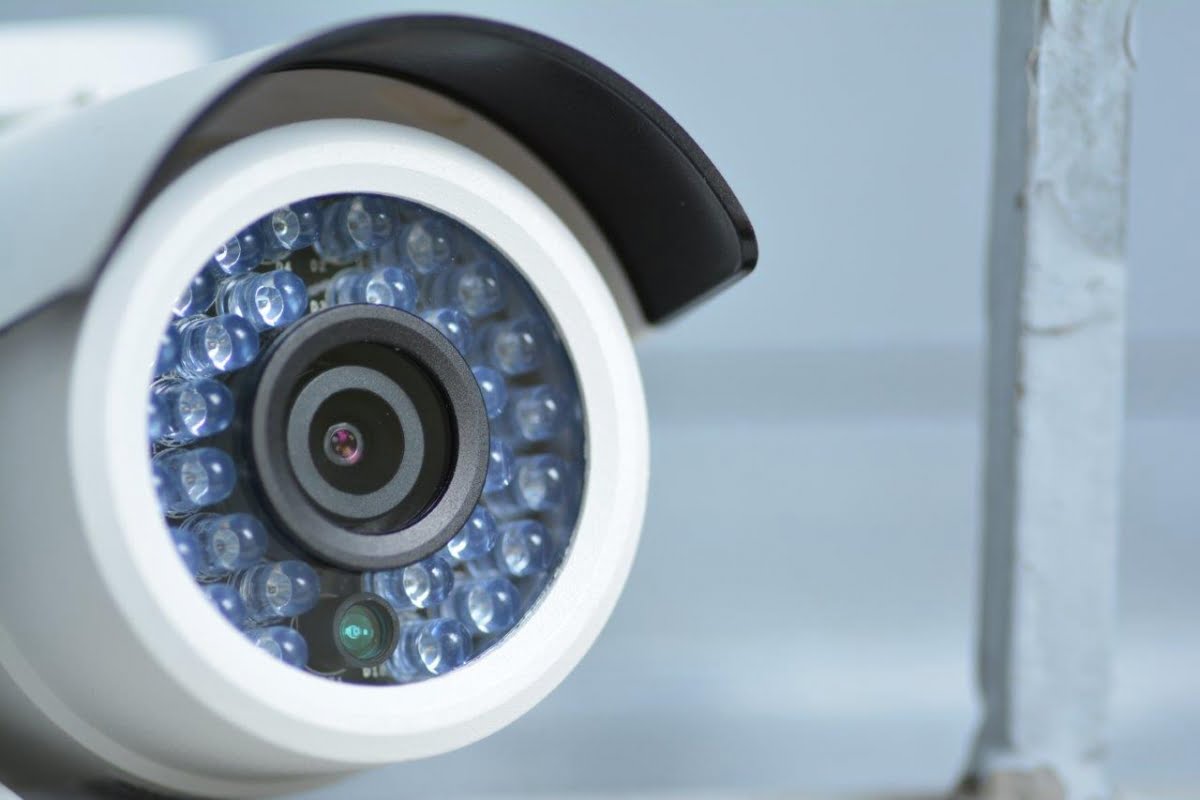
“We still see huge growth potential in the plug and play space for 2015 and beyond and this coupled with the strength of our enterprise offerings positions us very well for continued growth.”
According to Bates, the main advantage of plug and play from the point of view of installers is easier installation.
“Integrators who have historically installed analogue systems are now able to transition to IP very easily,” he explains. “The cameras are automatically assigned an IP address when connected to the NVR and our setup wizard then steers the installer though the install with ease – as few as 5 clicks on a mouse to commission the system.
“The speed of the commissioning process saves the installer time and money. What was once a very slow move to IP in the market has become a stampede, largely because the technology has become so much simpler and less daunting.”
Bates can’t think of specific weaknesses of plug and play solutions – in terms of camera performance, expandability and VMS functionality.
“In this segment of the market I can’t think of many disadvantages,” he says. “If the customer is looking for a more feature-rich solution with edge analytics then plug and play may not be the answer. While our plug and play range comes with free onboard software and client software is also downloadable at no charge, if the customer needs the flexibility of a fully expandable system they might prefer to look at a VMS/server based system.”
What standout feature sets Hikvision’s plug and play solutions apart from the opposition?
“It is hard to pick just one stand-out technical feature for Hikvision in the plug and play range,” Bates says. “It could be the EXIR range of cameras that provides unrivalled IR performance due to the IR LED being separate to the lens and outside the dome, or it could be the smart search features built into the NVR’s.
“Ultimately, what sets Hikvision apart from our competition is our value proposition – we offer superb products and outstanding value for money. We offer a comprehensive range of cameras and NVR’s which are easy to install and use, deliver extremely high quality images and great functionality at a very competitive price.”
Bruce Maxwell of Seadan Security Distribution says the company’s leading plug and play IP CCTV solution includes NVRs with built-in POE switch and IP cameras in box, integrated box, dome, bullet and PTZ form factors. These are supported by free Smart PSS central management software which offers easy smartphone setup with QR code and no port forwarding required.
When it comes to specifications, the Seadan solution offers entry level NVRs with a bandwidth of 80Mbps, mid level NVRs with a bandwidth of 128/160Mps and professional level NVRs with a bandwidth of 256Mbps. On the IP camera side, performance specs include a 5MP with 12fps and 3MP and below cameras at 30fps, IR and a motorised lens on vandal domes, speed domes and bullets. Cost is sharp, with a recorder and 4 cameras being around $1100ex with 1.3MP Outdoor IR cameras and a 1Tb HDD. A higher performance system with 3MP outdoor IR cameras and 2TB costs $A1500.
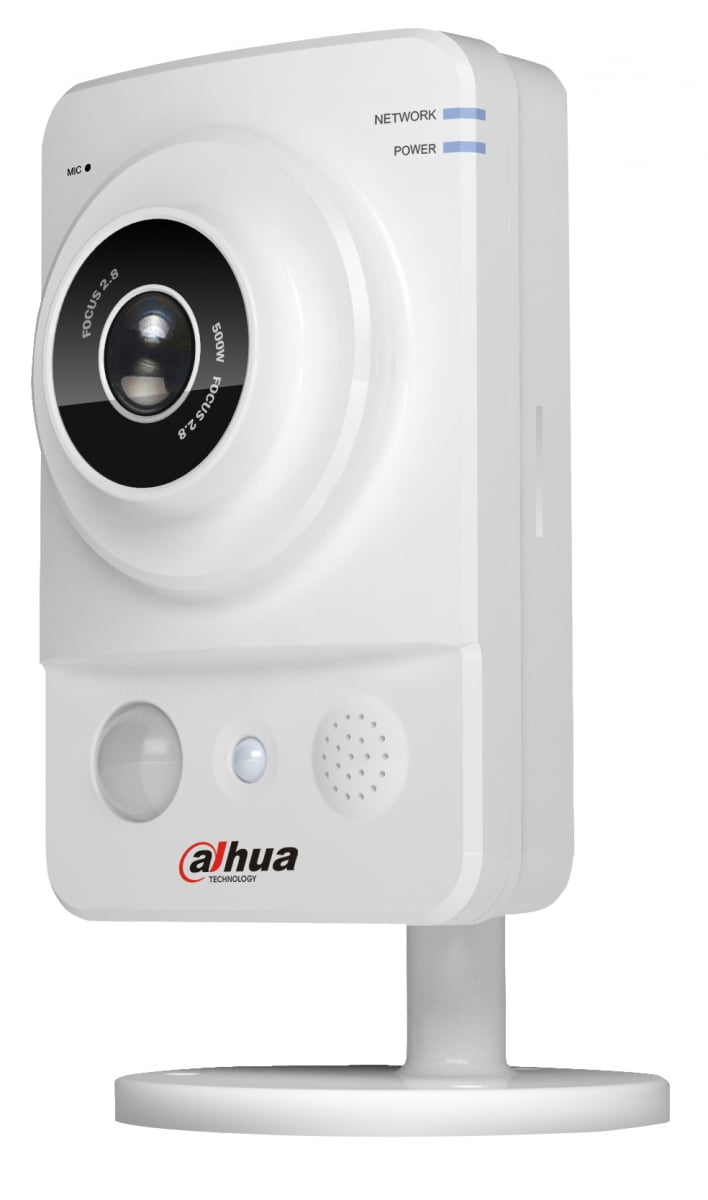
“Growth in this market area has been rapid,” says Maxvell. “The technology has eclipsed the Megapixel Analog (HD-SDI)solutions which were emerging as a natural growth path for Standard Definition Analogue systems.”
According to Maxwell, the advantages of plug and play solutions are straightforward setup saving time, as well as allowing installers without a deep understanding of networking to handle video surveillance jobs.
“On the weaknesses side, plug and play solutions are built around a Linux based hardware NVR appliance, therefore the first limitation is that of the hardware itself,” Maxwell explains. “These systems support a smaller number of cameras compared to non-PnP Windows Server style systems.
“But there is no real limitation regarding camera performance if the correct model is selected and there’s no real limitation regarding expandability, as multiple NVRs can be operated in a network group via a PC and free software. And Plug in e-SATA 4 bay Storage units are readily available.
“On the software side, Smart PSS VMS software is ideal for the recording, searching and replaying of video, though it lacks some network architecture elements of auto failover, auto archiving and health monitoring.”
According to Maxwell, it’s a combination of features that sets the SEADAN SmartView PnP IP video products apart including built-in PoE switch with automatic IP addressing of cameras (4/8/16 ch models), QR Code to auto setup smart phone remote access, expandability (the NVR supports additional cameras equal to the number of PoE ports and the fact more cameras cam be added via additional PoE switches, as well as e-SATA 4 bay storage units.
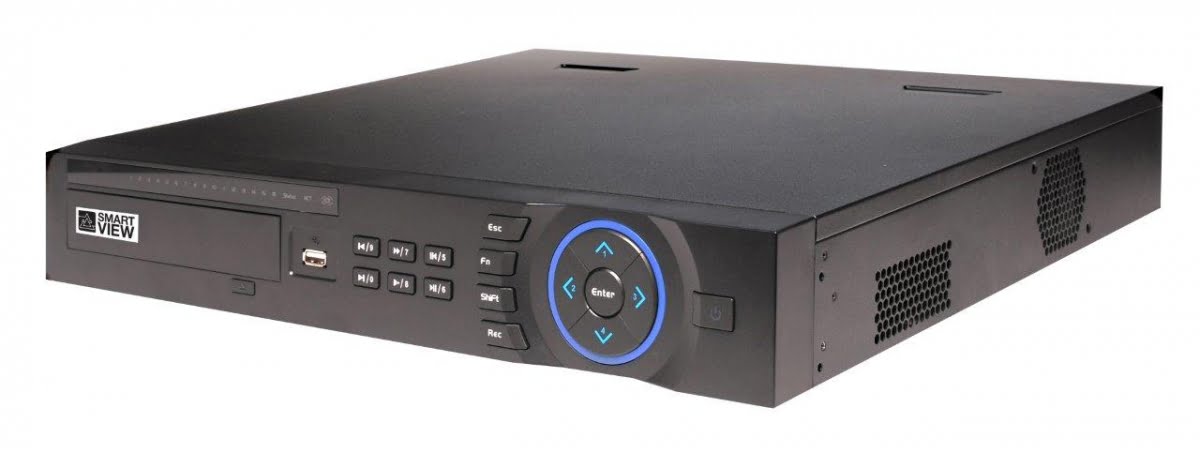
Meanwhile, Daniel Lee says Hills has a number of offerings in the plug and play market segment.
“We represent the best brands in the market ranging from entry level to enterprise systems,” he explains. “To accommodate the entry level opportunities we have the Hills Video Security products and for the mid to high end professional range we have the Pacom SmartIP range of NVRs coupled with the EVOnet range of cameras.”
“The cameras are automatically assigned an IP address when connected to the NVR and our setup wizard then steers the installer though the install with ease”
The Hills Video Security (HVS) CCTV range of network video recorders (NVRs) and IP cameras are a feature rich and plug-and-play solution. These NVRs come in 4, 8 and 16-channel formats with recording capabilities up to 3 MP at 20ips. All the Hills NVRs have the same number of PoE ports as camera inputs. To complement the range Hills offer a range of 3MP fixed lens cameras with and without IR in dome and bullet formats.
“The SmartIP series Network Video Recorders come in a range of 4, 8, 16 and 32-channels,” says Lee. “In addition to working directly with the EVOnet branded devices, they are also compatible with the Panasonic, Axis and ONVIF range of cameras.
“To complement the SmartIP NVRs, we have the EVOnet range of cameras, ranging from full body cameras through to bullet and dome cameras (1 to 3 MP), with and without IR. A range of speed domes is also available. As the range does not come with the same number of PoE Ports as its capacity (model specific), we also have a range of SmartIP Gigabit switches consisting of 12 and 24 ports.
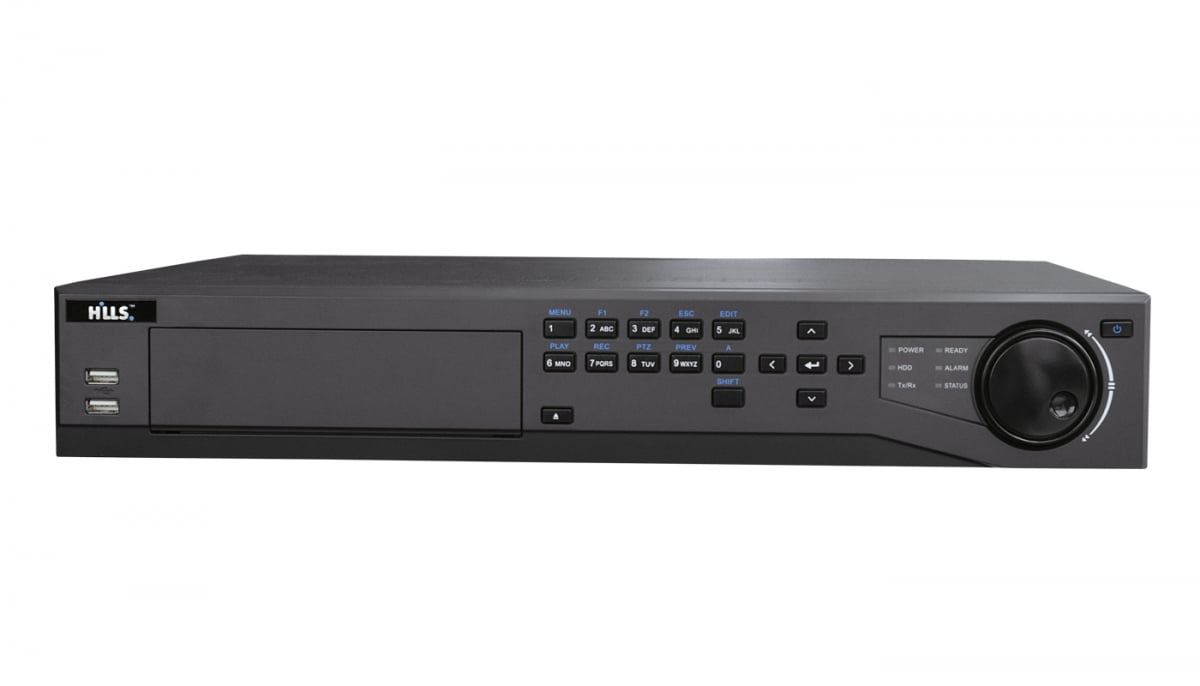
“The Pacom SmartIP and EVOnet range of products come with the DirectIP protocol. The DirectIP protocol’s primary goal is to provide customers with an HD surveillance solution which is easy to use, simple to install and quick to configure through ‘plug-and-play’ capability.
“All the Hills NVRs come with a 3TB HDD installed, while the 8-channel can accommodate one extra HDD, with the 16-channel accommodating an extra 3 HDDs. All NVR’s will record real-time at 1080p, or 20ips @ 3MP.
“For customers in need of a cost effective solution, the Hills Video Security systems are available which retail at under $750 for a 4-channel NVR and offer a range of low cost 3MP cameras ranging from $300 to $400 (RRP) for fixed lens domes, bullets with and without IR,” says Lee.
“Meanwhile, the Pacom SmartIP-4ED NVR retails at just over $1000 (RRP excl. GST) and the cameras range from $310 through to $2500 (RRP excl. GST) for speed domes. Each system comes with the RASplusIP SW which allows users to remotely view the SmartIP range as well as the Pacom PDR range of DVRs. It provides a user friendly GUI that controls monitoring of live video and playback of recorded video from up to 2048 devices (analogue or IP) within a LAN (local area network) or a WAN (wide area network).”
The key to the Pacom SmartIP NVRs as well as the Hills Video Security NVRs is that they are easily configured. Having a built in PoE switch means installations are made easier in that the network cables (CAT5 or CAT6) are connected directly from the camera to the NVR. On power up for the first time, both systems will step you through the setup via the setup wizard making it very easy for the installer to setup.
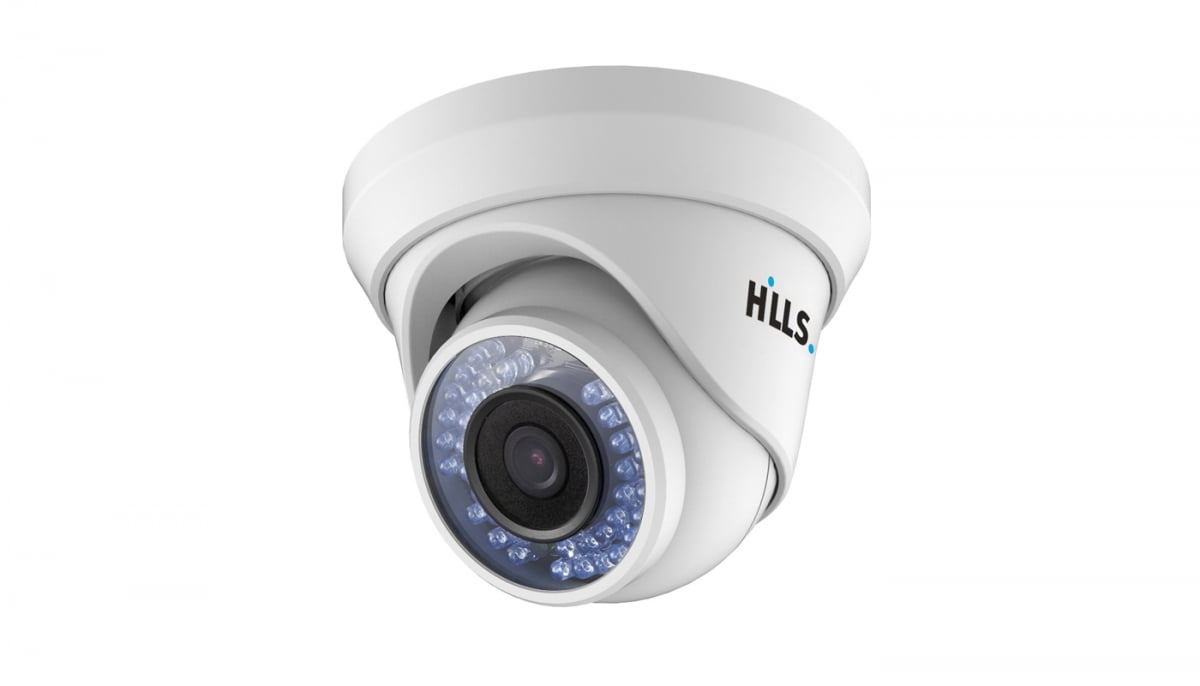
With the Hills Video Security System, on power up, as mentioned above, the user will greeted by a setup wizard which will automatically register the cameras in the NVR providing live viewing and continuous recording automatically. Additional changes are made through the menu structure if required.
The Hills Video Security (HVS) NVRs come with Hills Auto-Config, a P2P application for remote access where no configuration is required. Connecting to the Hills IP cameras is also easy, involving only simple plug-and-play steps. No configuration, no port forwarding and no DDNS server registration is required when it comes to remote accessing Hills NVRs. For the installers, they simply scan the QR code, verify the Hills NVR ID and login to view live footage. There is no time consuming configuration required.
In addition when new features or bug fixes are available, upgrading the Hills Video Security system with the latest firmware updates is made easy with our one-click process, over the network using the Hills Firmware Server. The Hills Firmware Server is the backbone in providing a secure upgrade path that is quick and easy and most importantly, there is no need to physically access the NVR to carry out the upgrade, therefore saving time and effort for the installers.
“There is no real limitation regarding camera performance if the correct model is selected and no real limitation regarding expandability, as multiple NVRs can be operated in a group”
When it comes to the weaknesses of plug and play solutions in terms of things like camera performance, expandability and VMS functionality Lee says there are a number of things installers should consider.
“This is an important question and should be looked at from two points of view,” he explains. “Firstly it should be looked at from a professional installation point of view and secondly, from the entry level point of view. Both offerings have a purpose and place in the market space.
“For the professional installation, it is a requirement to have a more expansive range of product offerings especially when looking at the camera range and be able to provide not only higher resolution images but also have the features of varifocal lens, motorised zoom, PTZ cameras and interfacing capabilities with key branded cameras as well. VMS expandability through the LAN and WAN would also be key when looking at these types of solutions.
“For the entry level market, having a range to suit the most common but lower cost applications is what the market is dictating to have to compete against. In terms of VMS functionality and expandability, this is not necessarily the requirement in the lower end space and hence a differentiator between the two market segments.”
Lee says Hills is definitely experiencing growth in the plug and play IP video market.
“There is a growth opportunity in the entry level market,” he says. “We have embraced the opportunity with the Hills Video Security offering, while still being able to offer the Pacom range of products for existing sites where end users have made significant investments in their surveillance systems. And rather than replacing, we are able to offer a Pacom SmartIP NVR that can complement the existing system and offer the end user the ability to view live, playback and manager their systems as a complete solution.”
According to Dahua, there are 2 solutions regarding plug and play including wireless and PoE. When it comes to wireless solutions, installers don’t need to install cables so they can save much time and avoid causing damage to buildings. With hard-wired solutions, the obvious advantage is that the NVR can supply power to IP cameras through network cables. Also good, these solutions can automatically find and add IP cameras, avoiding complicated networking procedures. In a word, the main advantage of plug and play solution is cost saving (manpower and time), simplifying the installation and the procedure of device configurations.
At Dahua the PnP range includes the NVR4104-W, NVR4208V-8P, NVR4216-8P-4K and NVR4108-8P NVRs, as well as the DH-IPC-HDBW1200E-W, DH-IPC-KW100/100A/100W, DH-IPC-HFW4200E and DH-IPC-HDW4200S cameras. NVR4216-8P-4K has 16 channels, 8PoE ports and supports live 4K. The unit has a 256Mpbs bandwidth.
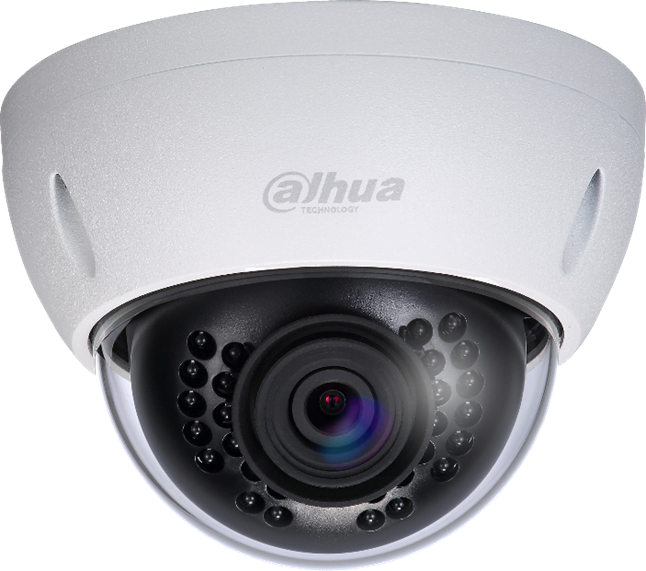
The NVR4208V-8P is an 8 channel 2HDD 8 PoE vertical NVR with a bandwidth of 200Mbps. It can support 5Mp, 3Mp, 1080p, 720p and lower resolution cameras. NVR4104-W is a 4-channel Smart 1U Wi-Fi NVR with one HDD bay, 80Mbps bandwidth that can handle cameras with resolutions of 5MP and below. Next is the NVR4108-8P, an 8-channel Smart 1U NVR with a single HDD and 8 PoE inputs, 80Mbps bandwidth, ability to support 5MP resolution and below cameras.
On the camera side, the DH-IPC-HDBW1200E-W is a 2MP full HD Wi-Fi IR, IP66, mini dome camera with 2.8, 3 and 6mm lens options. The DH-IPC-KW100/ 100A /100W is a 1.3MP HD cube network camera with 10m IR, PIR sensor and micro SD memory. The DH-IPC-HFW4200E is a 2MP full HD IR bullet camera with a 1/2.8-inch progressive scan Exmor CMOS, 3.6, 6 and 8mm lens, 30mm IR range and an IP66 rating. The DH-IPC-HDW4200S is a 2MP full HD IR dome camera with 3.6 and 6mm lens options, 20m IR range, IP66 rating and PoE.
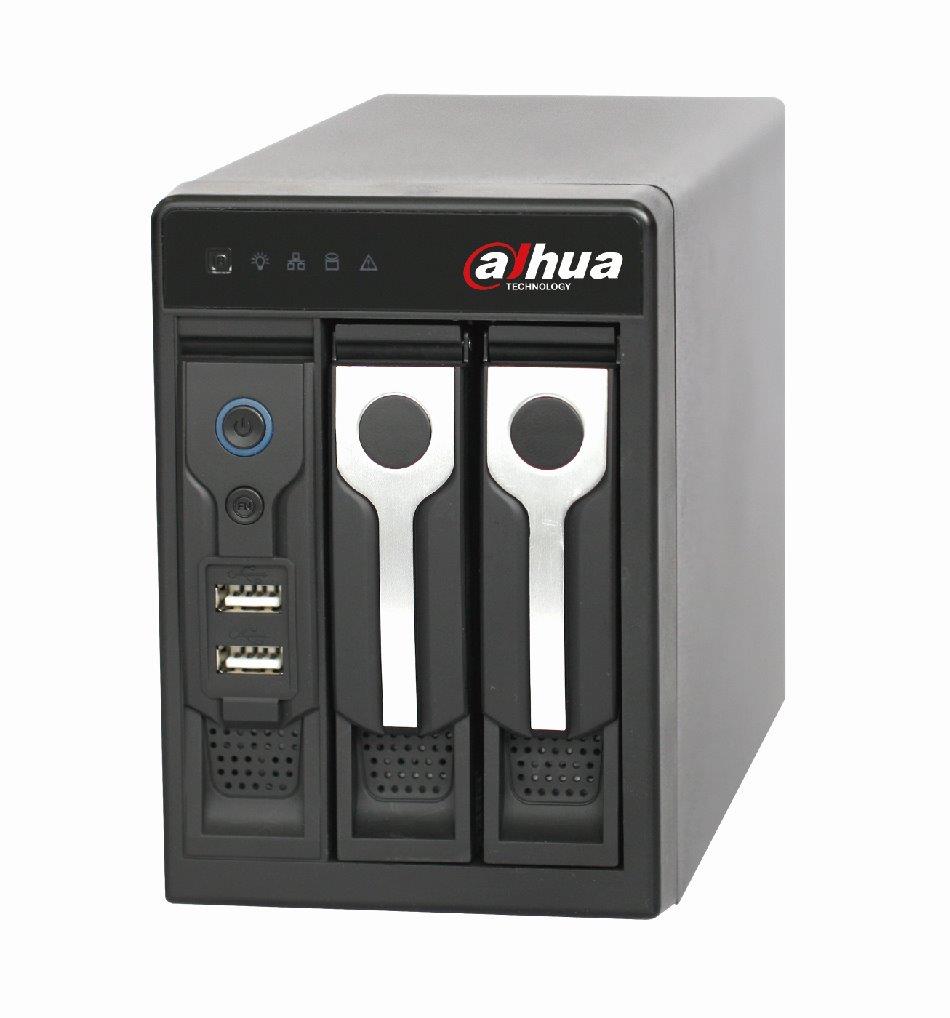
Dahua says the main weakness with PnP solutions can be the distance limitation. For a Wi-Fi solution, the larger the distance, the more attenuation is introduced by the surroundings, making the signal less stable. For the PoE solution, the IP signal transmission will be constrained by the maximum cable distance of around 100m. When it comes to a standout feature, Dahua says it always focuses on technological innovation, and constantly launches innovative products.
“For example, our 4K NVR is the world’s first 4K NVR based on the ARM processor,” says Dahua. “It supports H.265 decoding which can greatly reduce network bandwidth, resources and the investment in storage. Our Wi-Fi series products support WPS one-button-adding, which is easy to use and install. Furthermore, we also have an overall plan in cloud storage and smart home which can provide the best solutions for different customers.”
At Ness, Pete Mohan says in 2015 the company will release a number of new systems including additions to its IQ Series and the all-new NView which simplifies PnP setup but also allows detailed setup like setting up PTZ cruises, AutoNetworking (no port forwarding) and Cloud features. When it comes to specifications of the series, NVR throughput is 60mbs which equates to greater than 25fps/ch @ 2MP and a storage capacity of up to 4TB. Cameras in this solution have strong WDR performance, IR, and PoE. Cost is very sharp.
“The trade can expect to pay from $350 for a 4 channel NVR, IP cameras from about $200 and a complete kit from $1200,” says Mohan.
According to Ness national products engineer, Neil Morgan, Plug and Play is quicker to setup and get running, but it’s probably a bit too easy to compromise security and leave backdoors open if you’re not careful.

“Recently it came to light in mainstream media that over 900 IP CCTV sites were found to be wide open with default username and passwords and almost 95 per cent of these sites were plug and play solutions,” Morgan says. “This shows that either installers are not fully trained in IP or some installs are being done by unqualified people who think they can do the work because the sales pitch was “simple to install”.
“That said, we’re still convinced that plug and play is the way forward for a good chunk of the market which we intend to back up with ongoing training for our customers.”
When it comes to weaknesses, Morgan says that apart from the risk of unsecure installations, so far, plug and play has shown to be quite flexible as most cameras use the standardised protocol ONVIF allowing them to be connected to larger systems. At the same time, image quality has vastly improved, even from just a year ago.”
Is there a standout feature that sets the Ness solution apart?
“Our new NView range is not just an extraordinarily well priced entry level product, but of course is carefully tested and chosen for reliability and quality to deserve a place in the Ness stable,” Morgan explains.
“We have carefully selected cameras and NVRs which have specifications and feature sets at or above the highest level on the market. In the case of NView, the system is designed to be easy to use as well as offering strong performance. Even our Apps are very simply setup using QR codes located on the screen or printed on the product.
“If I had to pick just one feature it would be the ability to integrate CCTV into other products like our Ness SmartBell IP intercom, or our Home Automation range such as the Ness M1 System or Push Controller.
“This complete package and integration of various Ness technologies remains the backbone of our success. Supporting this, we are also releasing a series of How-To end user videos to explain commonly used techniques such as archiving video or setting up a smartphone accept video over IP.”
Mohan says there’s growth in the plug and play market but there are issues that need addressing in the market, too.
“We’re certainly expecting growth in the easy to install PnP market and while it sounds contradictory, it’s also an area that calls for training,” he says. “Plug and play is dead easy for most installers but this oversimplifies networking and there’s a real concern that IP security and CCTV is in danger of being less secure if the installer doesn’t understand the basics of IP.
“As the market for IP CCTV expands, we’re doing our best to improve installer knowledge with our ongoing training and education programs which now includes a dedicated national training program and trainer.” ♦
By John Adams


